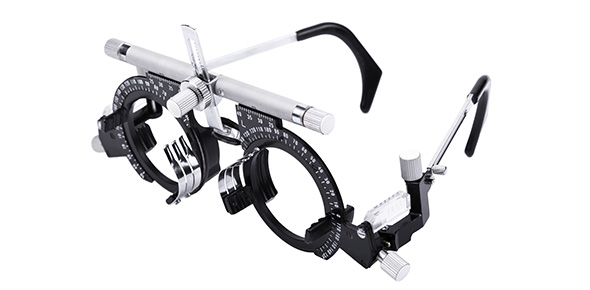Related Flashcards
Related Topics
Cards In This Set
| Front | Back |
|
The health are provider is most likely to encounter which of the following hazards upon entering the nuclear medicine department to obtain a blood specimen from a patient?
|
Radiation hazard
|
|
The first step in controlling severe bleeding is to:
|
Apply pressure directly over the wound or venipuncture site
|
|
If a health care provider is in an area of the health care facility where a fire starts, she or he should first:
|
Pull the lever in the fire alarm box
|
|
In the hazardous labeling system developed by the NFPA, the blue quadrant of the diamond indicates a:
|
Health hazard
|
|
If an electrical accident occurs involving electrical shock to an employee or a patient, the first thing that the health care provider should do is:
|
Shut off the electrical power
|
|
SDSs are required by the:
|
Global Harmonization System
|
|
The abbreviation RACE is used in:
|
Fire emergencies
|
|
If a fire extinguisher has to be used in a health care environment, the first step to perform is:
|
Pull the pin off of the extinguisher
|
|
The first step in giving mouth-to-mouth resuscitation is to:
|
Determine whether the victim is conscious by gently tapping the shoulders of the victim and speaking loudly, "Are you okay?"
|
|
Which of the following should not be done for a shock victim who seems to be not fully conscious?
|
Give fluids to keep the victim from becoming dehydrated
|
|
Which organization developed a labeling system for hazardous chemical that is frequently used in health care facilities?
|
NFPA
|
|
The HazCom standard required chemical manufacturers to supply:
|
MSDSs
|
|
What are the major principles of self-protection from radiation exposure?
|
Time, distance, and shielding
|
|
A dosimeter badge is required in health care facilities for:
|
Radiation safety
|
|
High exposures of radioactivity have been shown to lead to:
|
Leukemia
|





